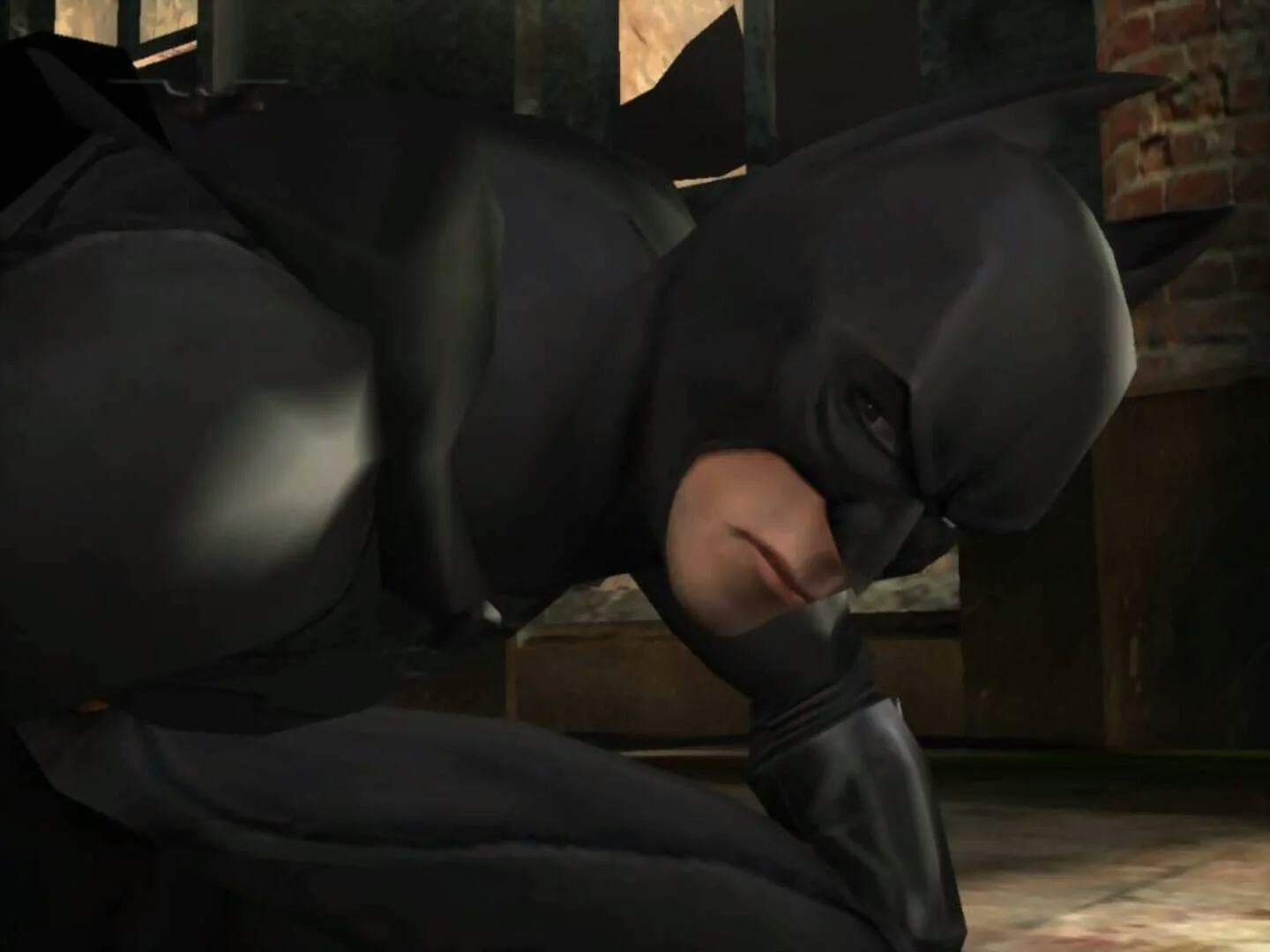
The Batman Arkham games hold a very special place in gaming history. They proved that with enough love, care, and development effort, a licensed video game based on one of the most beloved comic heroes ever could not only meet the standards of the source material it's based on but could also go on to become a rich trilogy in their own right.
But what many may not realize is much of what the first game in that seminal series does well actually borrows liberally from a forgotten Batman game that came four years before it. The video game tie-in for Christopher Nolan’s Batman Begins is a product of its gaming time. It features the full cast from the film reprising their roles. Riffs on popular games from its publisher's catalog. And there are clear signs that the game was rushed so its release would coincide with the film. But more than any of those dated aspects, Batman Begins should be credited with being the blueprint of the much better Batman we’d get later on in the decade.
Batman Begins was released on all consoles on the same day as the film. Like most movie tie-ins of the time, it follows the basic premise of Nolan’s movie to a tee. Bruce Wayne loses his parents and flees the U.S. to train with the League Of Shadows. After clashing with the values of the League, Wayne returns to his home city to use his abilities and dish out on his own terms. His crusade puts him in conflict with the city’s mob, dirty psychologist Jonathan Crane, and the rampant corruption of Gotham City.
The game cuts the vast majority of the Bruce-focused scenes of the film (a large portion of Nolan’s first Batman film) , truncating the action-heavy parts to straightforward playable Batman adventure. You’re going from the city’s sewers and industrial plants to Gotham’s rooftops and even Arkham Asylum itself. From the Metroidvania formula of Asylum to the open worlds of City and Knight, each of the Arkham games provided players with a semblance of freedom. A space to be the Batman and use his abilities and gadgets at your own will to fulfill the fantasy. Batman Begins stops well short of that in favor of a traditional linear action game. That doesn’t mean it skips out on helping players feel like they’ve donned the iconic cowl.
The game is made up of three parts: stealth, combat, and Batmobile sections. The throughline of the non-vehicle sections is a fear mechanic. As Batman, players can sneak around taking down enemies silently from the ceiling, behind walls, and more. If players trigger noisy setpieces and distractions from the shadows, players will fill a fear and reputation meter. Fear represents how scared enemies are of you while reputation reflects just how pervasive the Batman myth has become. Filling these meters up successfully also impacts how effective enemies are in fisticuffs. With enough fear on your side, enemies might even drop their weapons and flee without putting up a fight.
Sure, these disparate concepts are analogous to what any smart developer would include in their Batman game. But in execution, it’s remarkable how much of the Arkham games’ DNA can be found in Batman Begins. From stealth sections that make you a hunter amid antsy prey, UI that shows the heart rate of enemies as their terror grows, the acrobatic combat, to the unique ways Batman dispatches enemies. It’s hard to believe Rocksteady wasn’t wise to the genuine great ideas that developer Eurocom came up with. Batman Begins feels like a primitive version of the exceptional game to come.

Even the aforementioned Batmobile sections, while clearly based on Critereon’s wonderful Burnout games, have the same haphazardous destruction that you’d see in Arkham Knight without making the critical error of overstaying their welcome.
With so much working in its favor, why wasn’t Batman Begins heralded as the gold standard for superhero games? For one, the game is insultingly easy and absurdly short. Coming in at just seven hours long, the game gives little breathing room for memorable moments. The game’s linearity doesn’t do much to help it, as you're mostly shuffled from one forgettable environment to another with movie clips to break up the action. And while cool ideas like the fear mechanic added a fun wrinkle to enemy encounters, there’s no denying that the Arkham games would execute this smart idea far better.
These gripes aside, Batman Begins was a better-than-average movie game for its time. It didn’t quite reach the heights of 2004’s Spider-Man 2, but it was far better than the slop released alongside movies like Catwoman. There was a clear attempt to make a game that understood Batman and what players would want from a game starring the gothic hero. With enough additional time and resources, Eurocom could’ve made something great. As is the case with so many games based on movies at the time, the deadline of a film premiere meant hastily getting something out the door to capitalize.

EA clearly knew it at the time. The publisher greenlit a game based on the sequel film, The Dark Knight, sought to build on Eurocom’s work and blow up these ideas into an open-world game. Pandemic Studios (Star Wars: Battlefront, The Saboteur) were set to take over development duties before the project was canned. While it seems like a missed opportunity, it’s fair to say that the absence of a Dark Knight game in 2008 made the impact of Arkham Asylum in 2009 all the more raucous.
Batman Begins is a forgotten chapter in the character’s video game history, one completely overshadowed by the megaton bomb that followed it. But for those who remember renting it or picking it up after the film's release, there’s a clear lineage between it and the game that changed the superhero genre forever. It may not reach the same heights as Rocksteady’s masterpiece. But it’s hard not to see how many of Arkham’s best ideas were first proven here.







